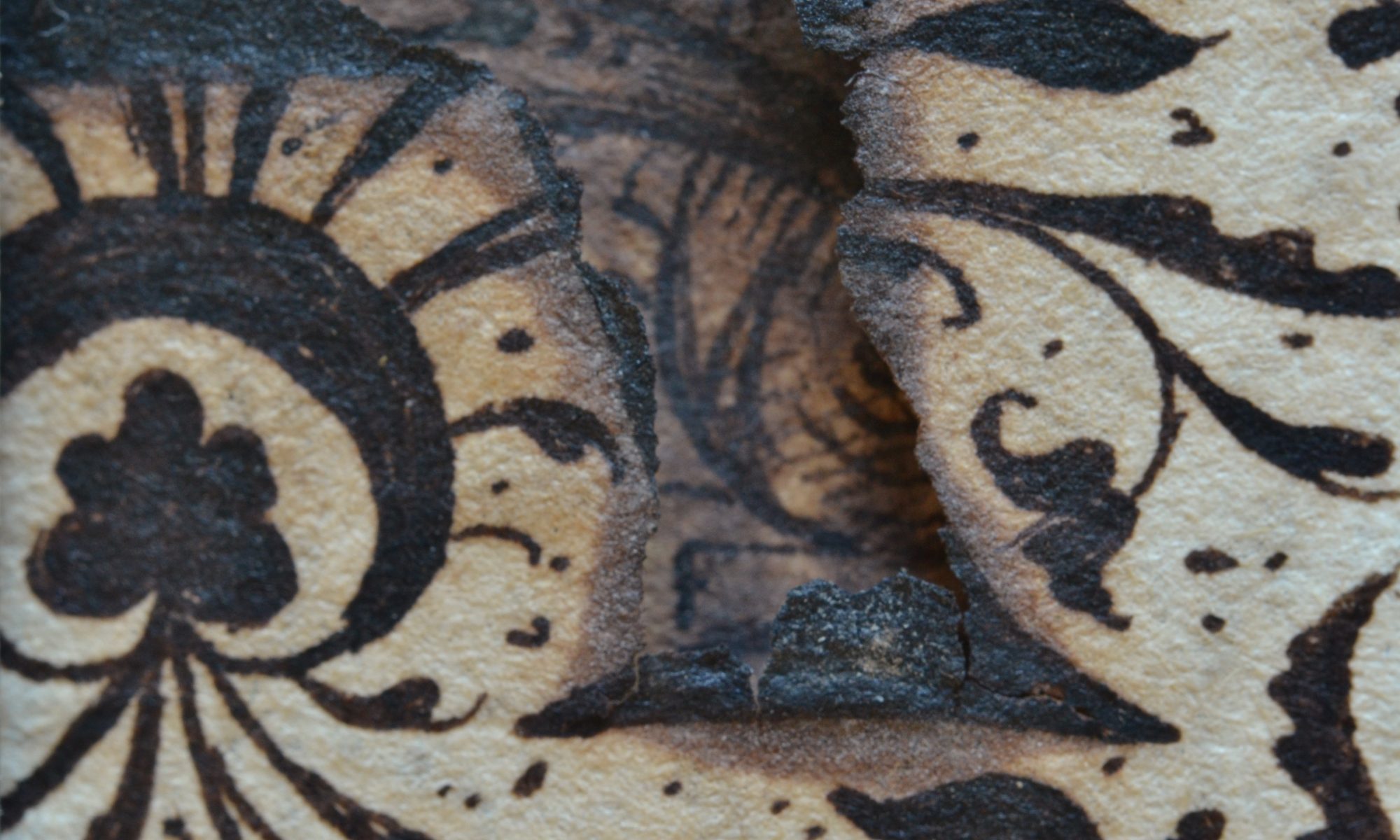The Project
Iron gall inks were produced from an aqueous solution of vegetable extracts rich in tannic substances and green vitriol (ferrous sulfate) and sometimes salts of other metals like copper and zinc. Gum Arabic, the most frequently used binder, was added to increase the viscosity, facilitating the flow of the ink. The ink’s colour could vary from blue to dark violet, and after deposition onto the substrate, it turned to different hues of brown or black as a result of oxidation. Although it was first thought as a long-lasting ink, its degradation effects were rapidly brought to light. The presence of transition metal ions and the occurrence of side-effect reactions lead to extensive degradation of the paper supports. Being the main ink used in Europe from the 5th century until the 19th century, its study is crucial to avoid the continuous loss of documents. IronIC will allow gathering and studying the information about archiving conservation issues since the 14th century, as proof of a long-term concern of European societies. It proposed the identification and characterization of the ink alterations in different dated manuscripts from the archives. The advantages of nanotechnology will be used for developing polyoxometalates that could be applied as a treatment for degradation phenomenas caused by IGI. Therefore, an IRONIC kit will be developed – an important tool made available to the worldwide Conservators to better preservation of our cultural heritage.
Objectives
The aims of this project are three-fold – to characterize the IGI used in different Portuguese manuscripts, evaluate the inks’ degradations and how they affect the support where they were used, and to develop methodologies to solve this problem.
IRonIC will identify and characterize the alteration of the inks used in the selected dated manuscripts from different institutions, Arquivo Nacional da Torre do Tombo (ANTT), Biblioteca Nacional Portuguesa (BNP) and Biblioteca Pública de Évora (BPE). The documents will be analyzed and characterized in order to distinguish the inks and supports used. Using a set of analytical techniques (Raman spectroscopy, Fourier transform infrared spectroscopy, X-ray diffraction, micro-Energy dispersive X-ray fluorescence spectroscopy, X-ray photoelectron spectroscopy Mossbauer spectroscopy and Scanning electron microscopy combined with energy-dispersive X-ray spectroscopy) will enable to obtain detailed information. Simultaneously, the production of the standard samples mimicking real samples will be achieved by using historical techniques such as the selection of variety and amount of components based on the available historical written sources, like recipes and treatises; supports of different proveniences based on the availability; and the application mode of the ink in the support (using pen or brush, using lighter or darker lines)
The aged and unaged standard samples, together with the historical ones, will be used to understand the degradation phenomena of the ink and how it degrades the paper – a crucial step during this project to develop the IRonIC kit treatment. In order to follow the degradation processes, the aforementioned analytical techniques will be used.
The scope and primary objective of this project is to develop an innovative nanotechnology-based kit for the treatment at point-of-care of the IGI degradation process. The set of information and results that will come out with these approaches will play a fundamental role to achieve the major instrumental aim of the project – “IronIC Kit”. Its intended that this kit, thought to be a liquid medium applied using a brush or a spray, will be a tool developed from the synthesis of nanomaterials with anticorrosive properties that act to prevent and attenuating the effects of ink. This project pretends to develop and implement this tool so that conservators can act effectively on this threatened heritage.
research team

